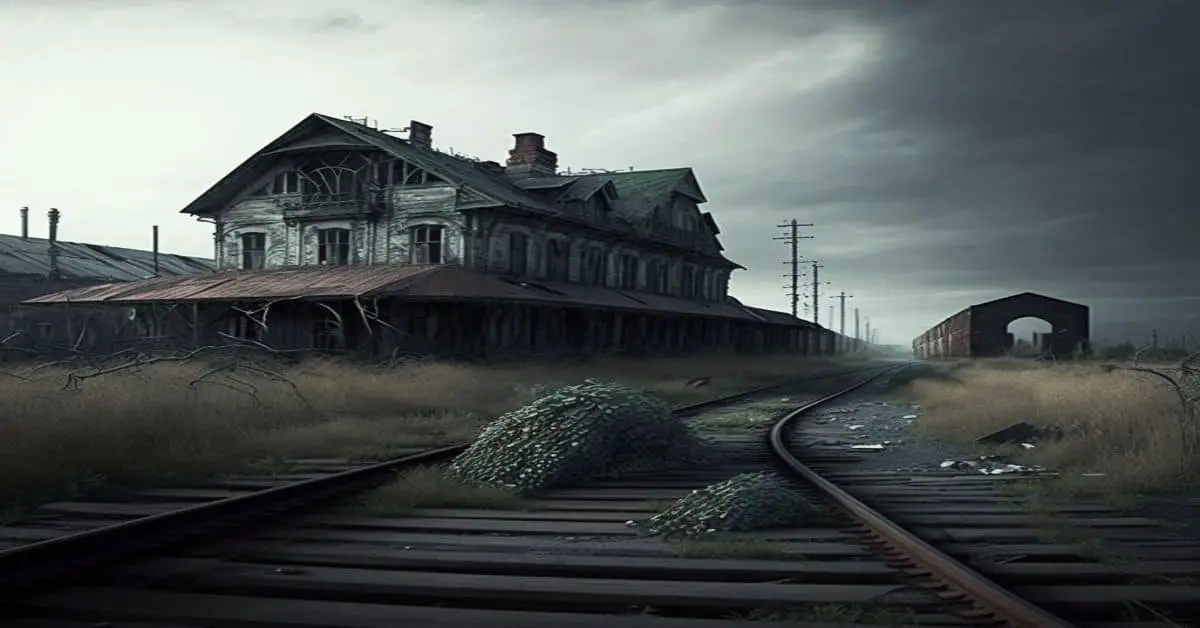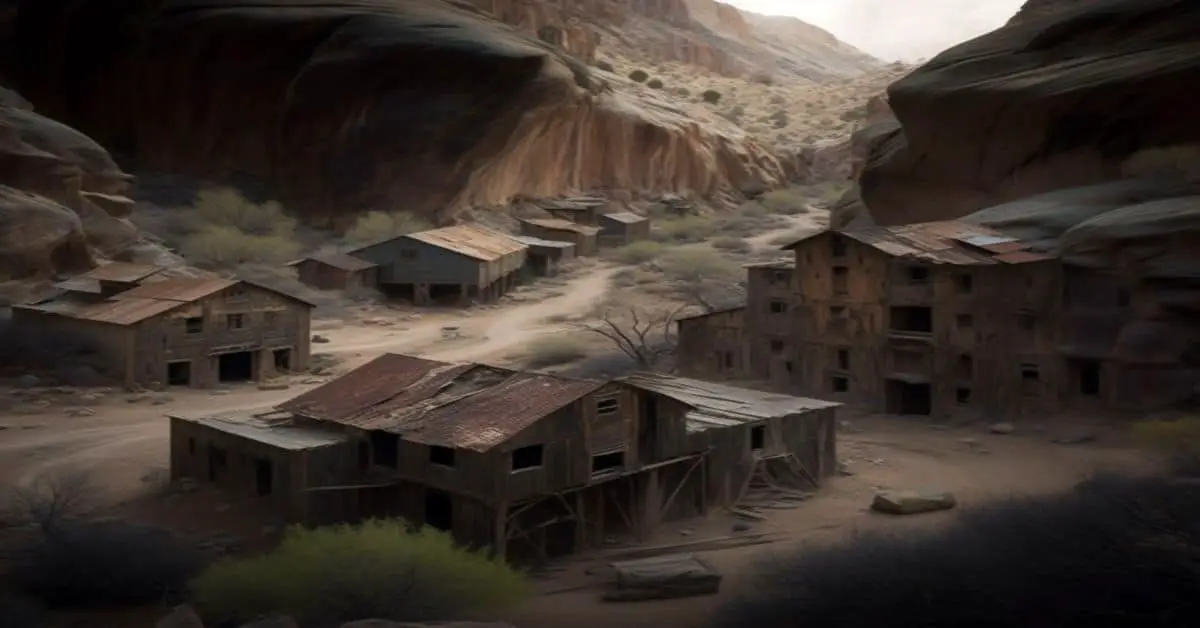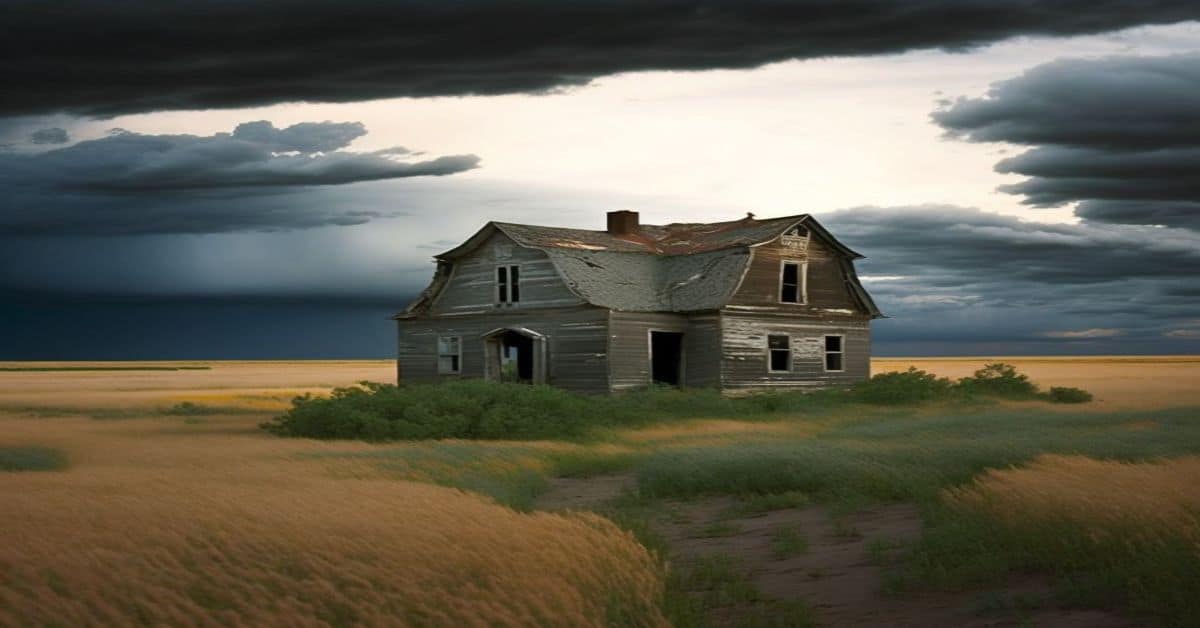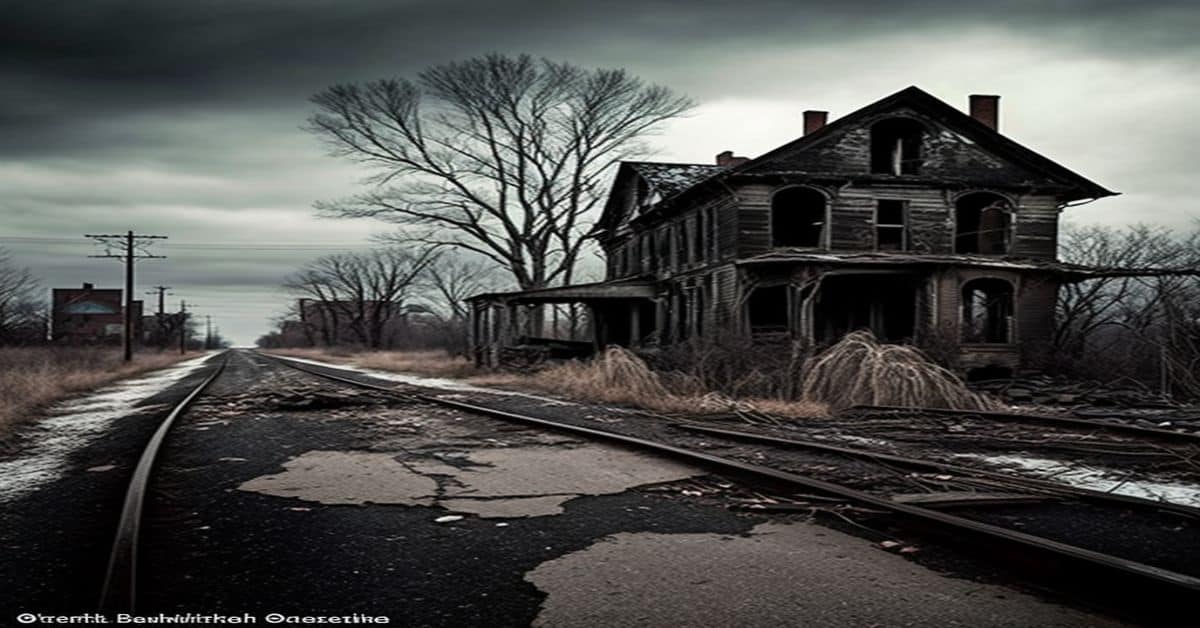Terlingua, Texas is a fascinating ghost town that has captured the imagination of many visitors over the years. Nestled in the rugged landscape of southwestern Brewster County, between Big Bend National Park and Big Bend Ranch State Park, Terlingua was once a thriving mining town that saw its fortunes take a dramatic turn for the worse.
In this article, we explore the history of Terlingua, its rise and fall, and the reasons behind its transformation into a ghost town.
A Rich and Colorful History
The Discovery of Cinnabar
The story of Terlingua begins in the 1880s, when the discovery of cinnabar, a red-mercury sulfide from which the metal mercury can be extracted, drew miners to the area. The local Native Americans had long known about the cinnabar, using its brilliant red color for body pigment.
Mexican and American prospectors also found it, but the remoteness of the area and the presence of hostile Indians discouraged mining.
The Birth of a Mining District
The name “Terlingua” refers to a mining district in Texas’ southwestern Brewster County. It is derived from two Spanish words,tres andlenguas, meaning “three tongues.” The name either refers to the three languages spoken in the area long ago – English, Spanish, and Native American – or to the three forks of Terlingua Creek.
The first settlement in the area was a Mexican village on Terlingua Creek, three miles above its confluence with the Rio Grande. With the discovery of cinnabar, the Marfa and Mariposa mining camp became known as Terlingua, and the original site was then referred to as Terlingua Abaja, or lower Terlingua.
The Rise of Terlingua as a Mining Town
In the late 1880s, a local man named Juan Acosta discovered more cinnabar in the area and began mining operations with the help of an investor named Klein. They sold their claim to a group of Californian miners, who later started the California Hill mining operation – one of the first major mining operations in the area.
By the turn of the century, the word was out that the region was rich in mercury. By 1900, four mining companies were operating in the area, including the Marfa and Mariposa, California Hill, Lindheim & Dewees, and the Excelsior Company.
The Boom Years
The Chisos Mining Company
The Chisos Mining Company, established in 1903 by Chicago industrialist Howard E. Perry, became one of the nation’s leading quicksilver (mercury) producers. The company owned and operated the entire town of Terlingua, running the large general store, providing a company doctor, operating the post office, the Chisos Hotel, a commissary, telephone service, and a school.
The Peak of Production
Quicksilver production peaked during World War I, and by 1922, 40 percent of the quicksilver mined in the United States came from Terlingua. The town was thriving, with a population of over 1,000 inhabitants, who had access to modern facilities and amenities.
However, the success of Terlingua was short-lived. Production began to decline steadily during the 1930s, and by the early 1940s, the Chisos Mining Company filed for bankruptcy.
The Fall of Terlingua
The End of Mining Operations
The Chisos Mining Company ceased operations at the end of World War II, and most of the population dispersed. A successor firm continued to operate the Esperado Mine through the end of the war, but the surface installations were sold for salvage afterward. Without the mining industry to sustain it, Terlingua became a ghost town.
The Decline of the Population
The population of Terlingua plummeted significantly after the Chisos Mining Company declared bankruptcy in the early 1940s. By the late 1940s, the town was supporting a population of only about 350. As the mining industry declined, so did the population, turning Terlingua into a true ghost town.
The Resurgence of Terlingua
The Arrival of Tourism
Tourism brought new life to Terlingua in the late 1960s and early 1970s. The town’s proximity to Big Bend National Park and its unique ghost town appeal attracted visitors looking for adventure and an escape from the modern world.
The Chili Capital of the World
Terlingua became famous for its annual chili cook-off, which began in 1967. The event, organized by the Chili Appreciation Society, drew competitors and chili enthusiasts from all over the world and helped to revitalize the town to some extent. Terlingua is still known as the “Chili Capital of the World.”
Modern Terlingua: A Blend of Ghost Town and Tourist Attraction
Despite its ghost town status, Terlingua is still home to a small but vibrant community of around 250 people. The town serves as a historical site and tourism destination, offering a range of activities for visitors, from exploring the ruins of former buildings and mines to rafting on the Rio Grande, mountain biking, camping, hiking, and motorcycling.
A Town for Outsiders
Terlingua has become a haven for artists, eccentrics, and outcasts seeking a unique and remote lifestyle. The town’s residents live in a variety of unconventional dwellings, from cars and caves to tepees, tents, and shacks made from car tires.
Modern Attractions and Landmarks
Terlingua boasts several modern attractions, including the historic Starlight Theatre and Saloon, where visitors can enjoy live music and delicious meals. The former company store is now a gift and art shop, river float trips are scheduled in the former cantina, and a dinner theater occupies the former motion picture theater.
Conclusion
The story of Terlingua, Texas is a fascinating tale of discovery, prosperity, decline, and resurgence. The town’s transformation from a thriving mining community to a ghost town and then to a popular tourist destination is a testament to the resilience and adaptability of its residents, as well as the enduring appeal of its unique history and rugged landscape.
So, why is Terlingua, Texas a ghost town? The answer lies in the town’s rich past, the ebb and flow of the mining industry, and the ever-changing fortunes of this remarkable corner of the Lone Star State.



